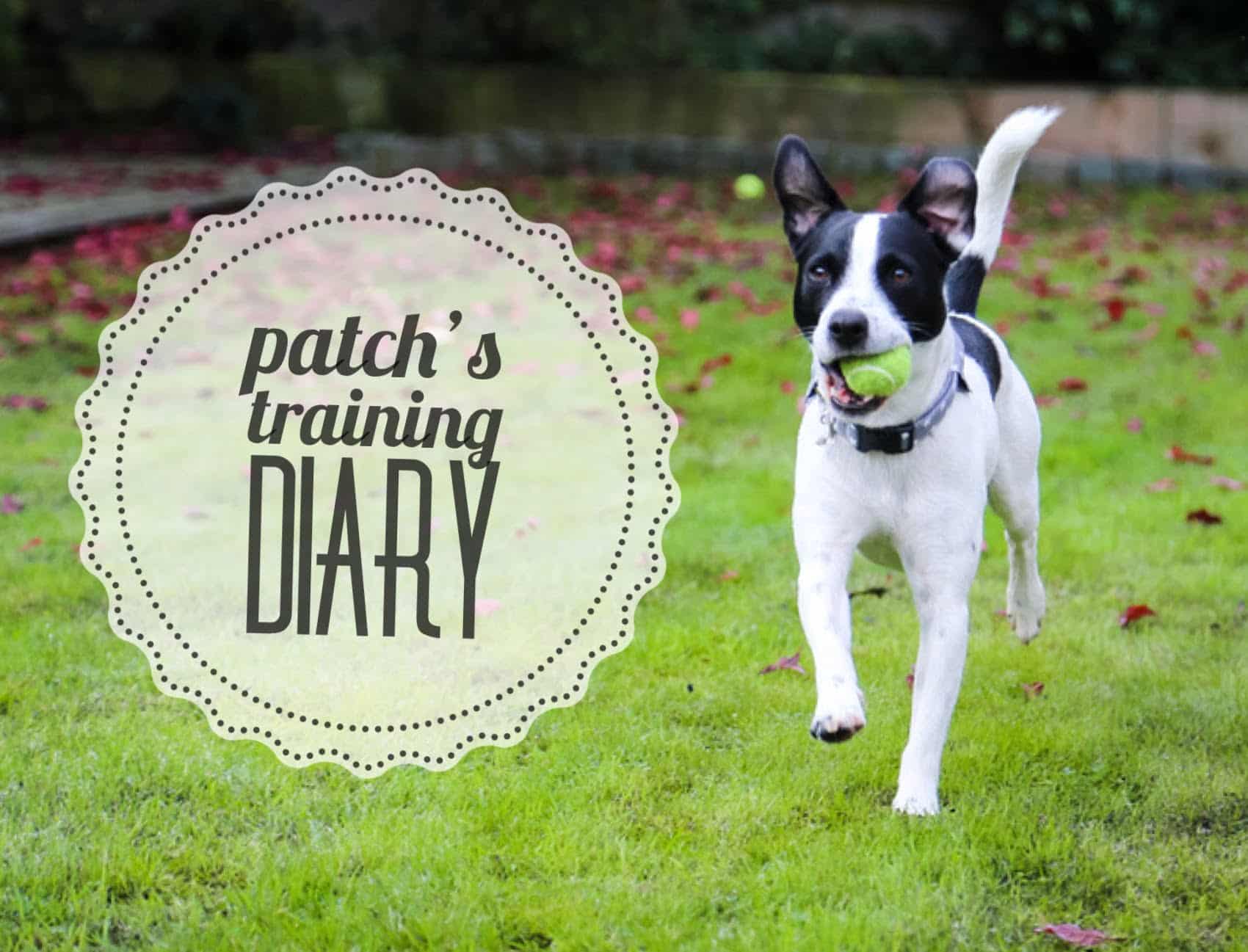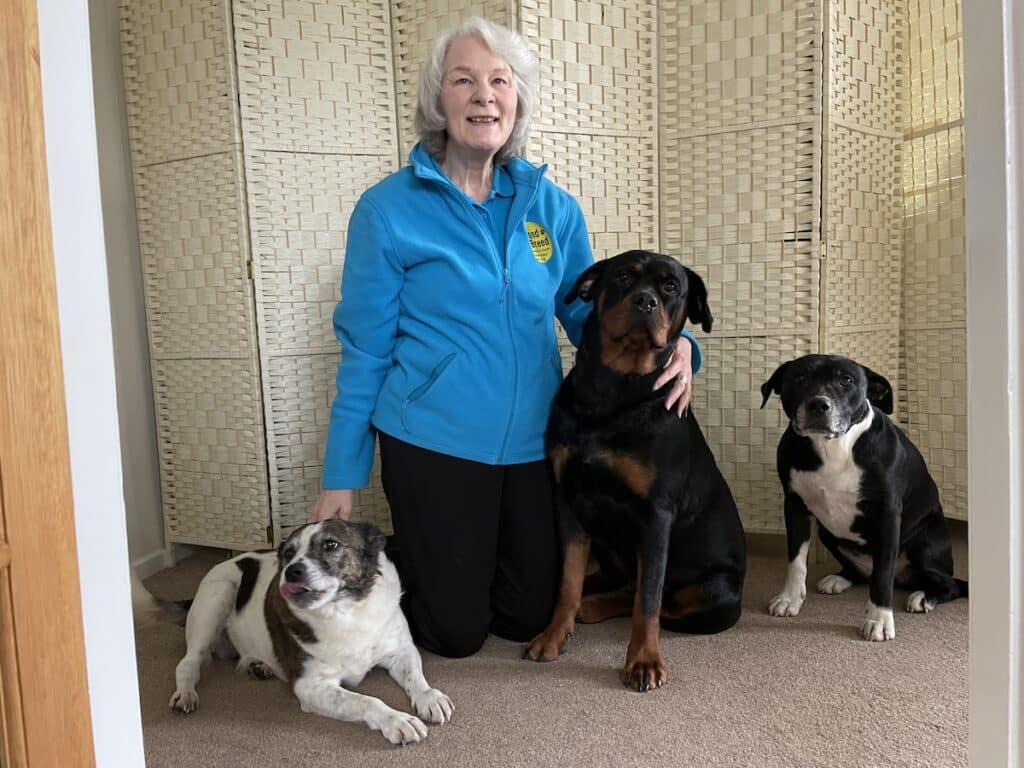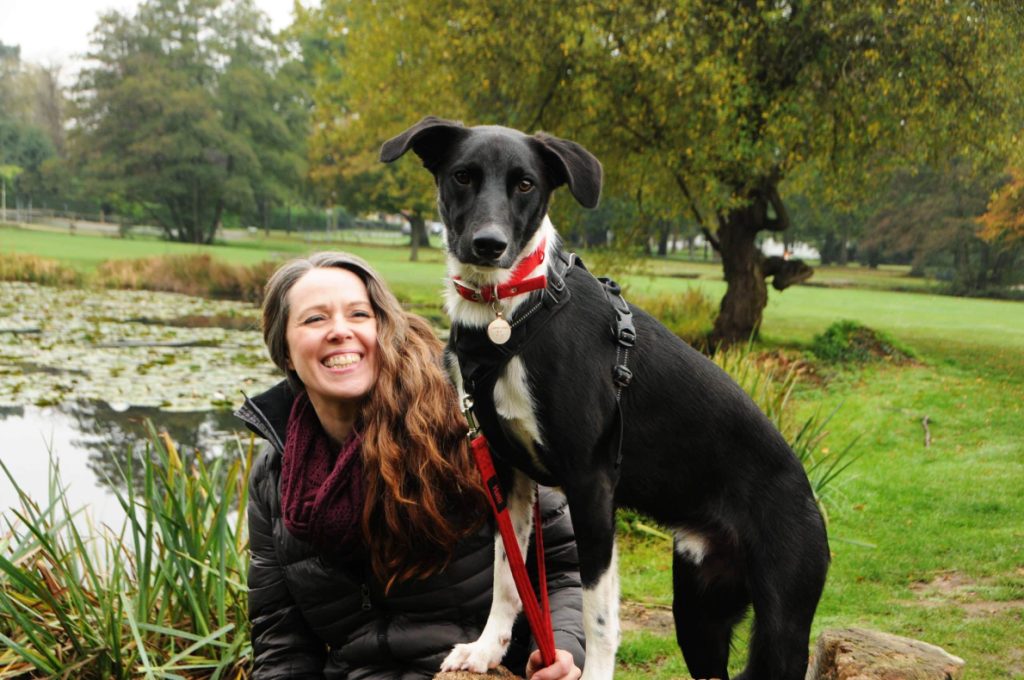This is the second part of Patch’s training diary with Sue McCabe
If you’re the owner of a young terrier you’ll know how excitable they can be.
Patch is a lovely, friendly bundle of fun but he can be giddy and we need to work on improving his recall.
I know that having this will mean more fun on walks for him and less stress for me.
Feeling confident that you’re in control of your dog is something all responsible owners should aspire to and that’s why we’re working with Sue who runs Muttamorphosis in Newcastle.
For the first month, we worked on crate training, meeting other dogs, playing, food circuits and restraint recall and you can read about it here Training a terrier with Sue McCabe Part 1.
We’re learning ways to improve the communication we have with Patch, following the steps Sue advised in our first session and building on these every day.
Training takes time. As Sue says: “You wouldn’t book one piano lesson for your child and then expect them to perform at the Sage (That’s a big concert hall for those out of the North East!)’
As they say on the X Factor – it’s a journey – and this is what we worked on in our second session and how Patch has progressed.
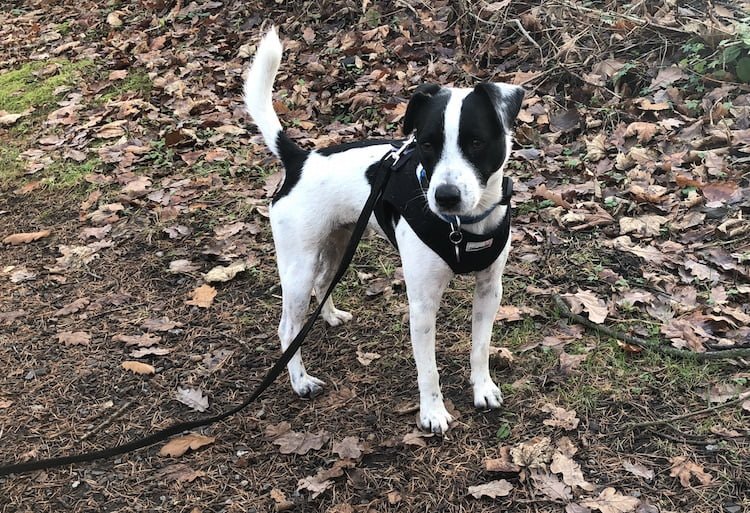
1. Using a long line
Sue advised us to invest in a ten metre line so Patch is free to run around a little while still retaining some control while we improve his recall. (Ours is a Clix one for £8.92 on Amazon)
The line means we have the security of having the line close by to stop him, as recall is something that we need to do a LOT of work on and in many environments.
We started in the house, working with high value treats and giving lots of excited high pitched encouragement and the next step is taking this out and about.
First, we tried it on our local park – an area with moderate levels of distraction so things like people and other dogs – to see if he would concentrate on us.
Tommy and I go with him and one holds the line and the other calls him.
Or we play with his toys or ball as we would at home, with one of us ready to step on the line if he tries to dash off.
It’s a way of further training his recall with the security of knowing you can get your dog back.
Then, we tried it on a walk on Derwent Walk – a disused railway line – playing with toys and calling him and rewarding with treats, and on the beach at Robin Hood’s Bay.
Sue explains: “The line is there for you to have an emergency stop to remind Patch that while he can enjoy his walk, he can’t go and investigate everything he wants to.”
The more we do this, the more focus Patch has. He is still a daydreamer and loves nothing more than taking in his surroundings but he is responding to us more.
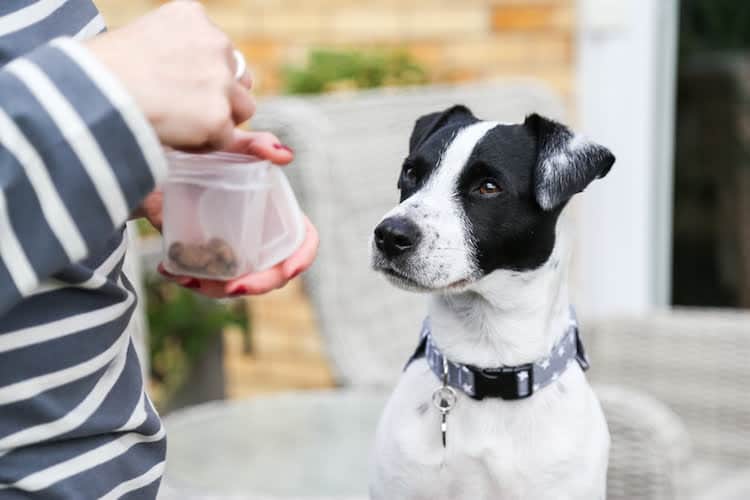
2. Improving self control
Patch is very giddy and loves greeting other dogs – he’s only two so this is understandable. And I don’t want to sound like a killjoy or strict dog mum but this is something we need to get a handle on.
Not everyone wants to have a dog jump up at them. So we’re aiming to teach Patch that just because something is there it doesn’t mean it’s his for the taking.
Our goal is for Patch to see something – maybe a toy or a treat – and to wait until he is given a cue or signal to eat or play with it.
This is something that needs to be repeated over and over.
The girls are brilliant at practicing this with treats and will get him to ‘sit’ and ‘wait’, then ‘go on’ and reward verbally and with the treat.
Sue has a brilliant ‘Sit starts the game,’ video showing this with her puppy Jellybean when he was eight weeks old and you can watch it here www.facebook.com/muttamorphosisdogtraining
And another at 17 weeks where she uses a toy, teaches Jellybean to wait, then uses the cue ‘break’ before he can play – it’s amazing and you can watch it here.
Patch is picking this up quickly and is great with the ‘sit’ work with the kids, and is being more patient with his toys with us too.
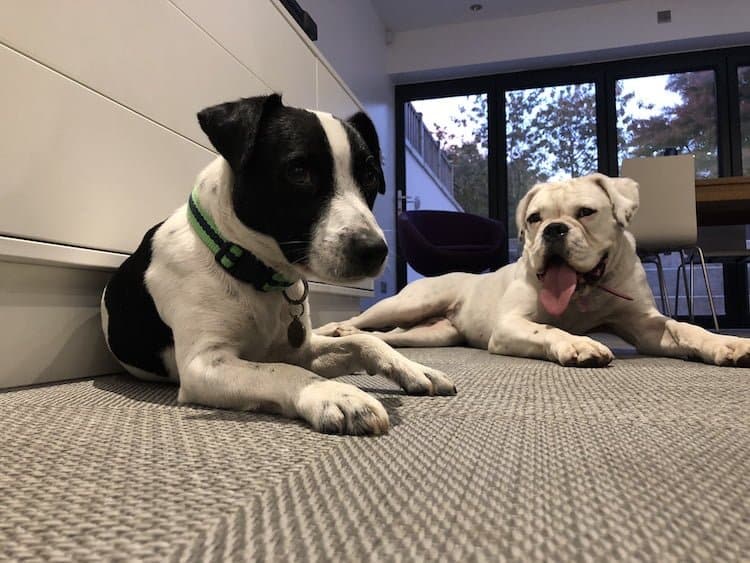
3. Settling down around other dogs
In our first session we learned about stopping Patch getting overexcited and trying to greet every dog he sees and this has been going well.
We’ve been asking him to sit and giving him a treat, or going past the dog and rewarding him on the ‘catch up.’
The next step is getting him to settle and lie down if we ever stop to chat to another dog owner – Sue calls this ‘Parking your dog.’
The ‘settle down’ message can be practiced first in the home with low distraction, so when your dog is vying for your attention, you ignore them until they settle, then give a reward.
Sue says: “Being able to ‘switch off’ is an important life skill. Teaching Patch that the reward will come when he lies down and is calm will help his recall and overall behaviour.”
Patch (fortunately) is generally settled at home so we’ve been trying this in the garden.
If he’s over excited, we stop and put a foot on his lead, wait for him to settle and lie down and give a treat.
We also visited our friends who have @laylathewhiteboxerdog and look how settled they are – this was after a lot of playing – but aren’t they adorable? I think Patch is a little bit in love!
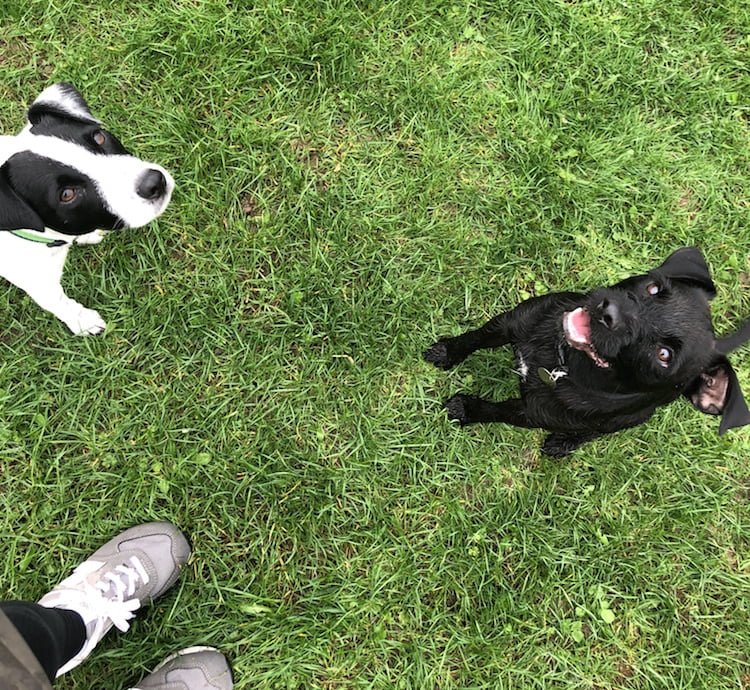
Conclusion
All the things we’ve been putting into practice from the second session are based around Patch focusing on us and giving us his attention.
A few days afterwards, we met up with his old owner Paul and his brother George and they had a reunion on a big enclosed field.
It was lovely seeing them playing and running around together. Patch kept coming back to me for treats and Paul said how he had progressed which was so brilliant to hear.
We’ve learned to always be prepared. I have a walking bag filled with high value treats and toys so we can turn walks into a game rather than him fixating on other dogs.
I don’t want to be a strict dog owner but I do want a well behaved dog so it’s about finding that balance of letting him enjoy himself while teaching him to know when it’s time to stop.
And that even though we’re in our 40s, he can still have fun with his pawrents!
To find out more about Sue, visit her website, https://www.muttamorphosis.co.uk/
For more training tips, you might like to read Training a Terrier Part 1, Training a Terrier Part 3 or our Interview with Worry Free Walks author Dominic Hodgson.


